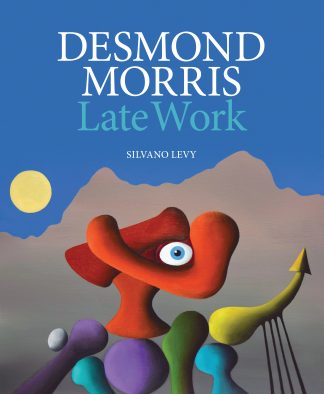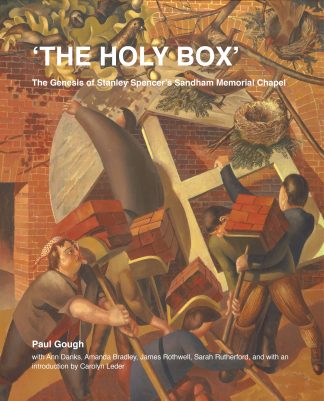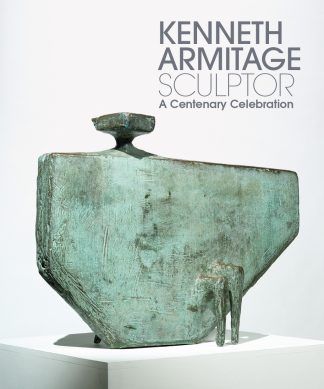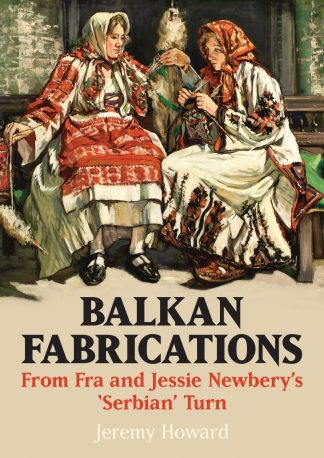Description
Taking as its departure point the painting Serbian Women by Fra Newbery, who, as Director of the Glasgow School of Art, had sown the seeds for the internationally acclaimed Scottish modern movement, Howard’s new book explores the nature and place of Newbery’s move to Balkan subjects in the 1920s. In so doing it simultaneously focuses on the work of his wife, Jessie Newbery, the original head of embroidery at Glasgow, whose interest in Balkan textiles proved an inspiration for her husband’s painterly experiments. Through probing the Newberys’ interpretations of folk crafts and conventions of southeastern Europe, the book considers what they, and others whose gazes were similarly directed, have to say about notions of womanhood and modernity. Thereby it also reveals the refinement of their respective eyes as it charts their discernment of threads of quotidian beauty.
From their home in Corfe Castle, Dorset, the Newberys articulated a visual language that is shown to fit with the early-twentieth-century context of European, not least British, interest in the ways of the Balkan peoples. By highlighting political motivations as well as artistic responses Howard paints a picture of diverse, sometimes conflicting, ideas and values with wide-reaching ramifications. Parallels and alternatives to the Newberys’ creative expression of concern for the observed Balkan designs and customs are revealed through a survey of work by other, under-appreciated, artists. While most of these are British and female, e.g. De Courcy Lewthwaite Dewar, Kathleen Mann, Annie Dickinson, Ethel Mairet and Jean Milne, their art is examined alongside that of several from the peninsula (e.g. Ivan Meštrović, Nadežda Petrović, Lena Jovićić and Valcho Antonov) who convey counterpart constructions of Balkan identity. Via recourse to previously unpublished Newbery correspondence as well as the couple’s early published statements (all of which are reproduced in full), Howard’s text uncovers the couple’s notions of ‘what is art’, and, with these, a fresh understanding for the relations between art and life that is as pertinent today as it was in their era.





